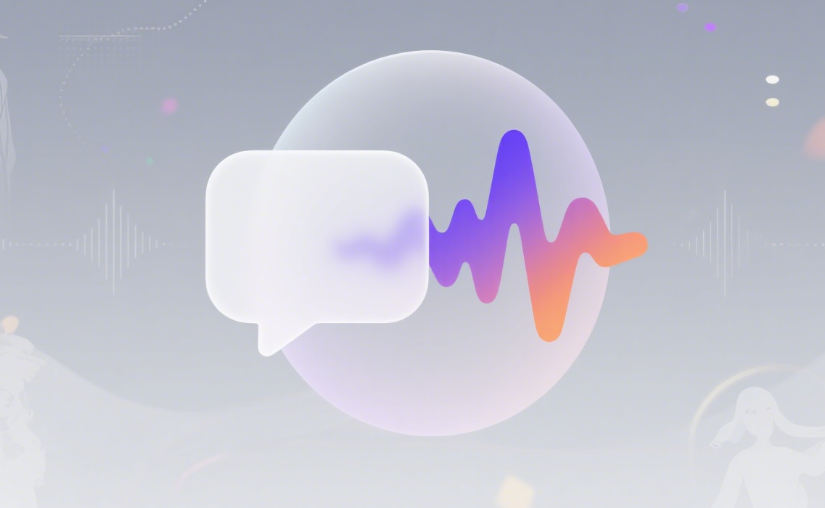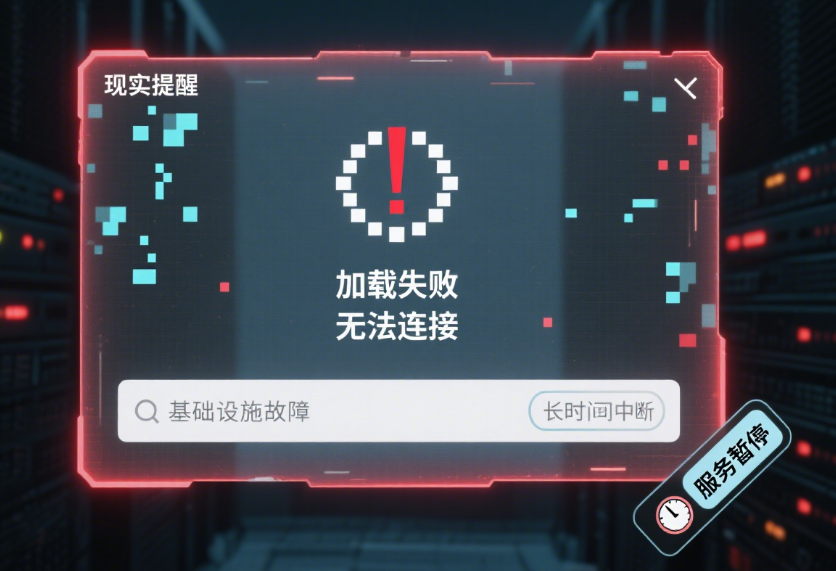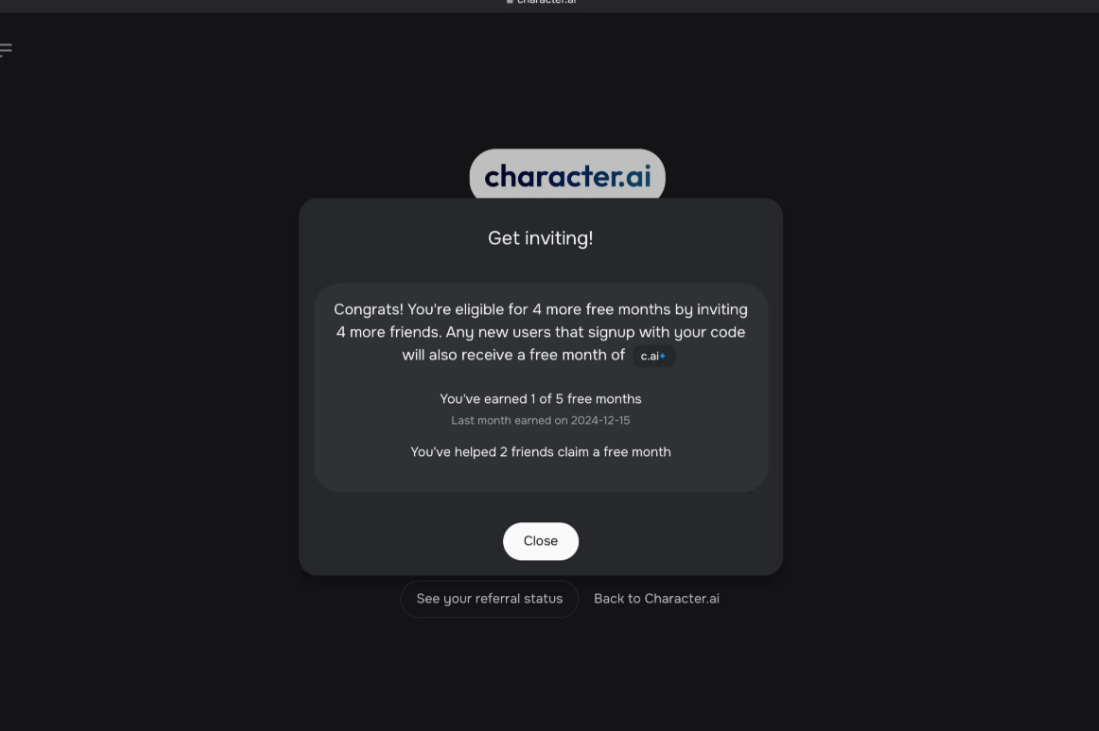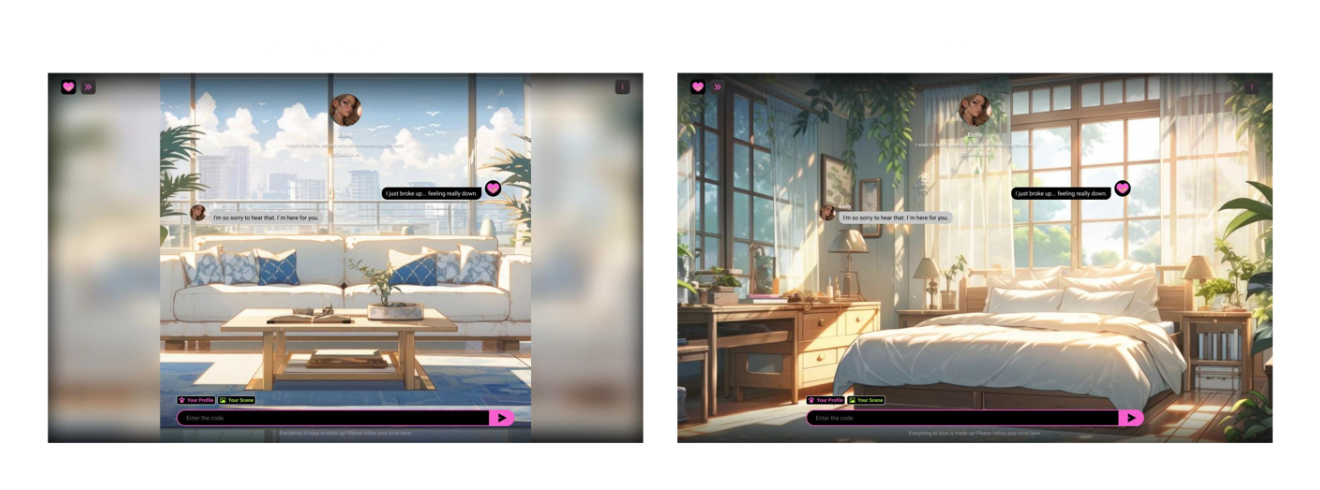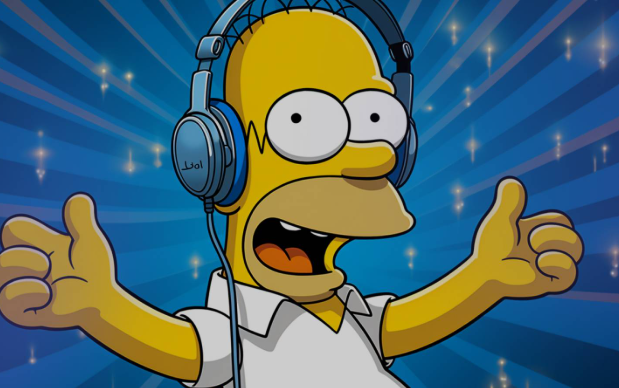
Imagine having a conversation with a historical figure, your favorite fictional character, or a custom-designed AI persona—not through text, but with a realistic, emotionally resonant voice. This is no longer the stuff of science fiction. The emergence of sophisticated Character AI Voice Generator technology is breaking down the final barrier between humans and artificial intelligence: authentic vocal expression. This technology leverages advanced deep learning models to synthesize speech that carries not just words, but also tone, emotion, and unique personality traits, creating deeply immersive and personalized experiences. This guide will delve into how this transformative technology works, its groundbreaking applications, and what the future holds for AI-powered character voices.
What is a Character AI Voice Generator? The Science of Synthetic Personality
At its core, a Character AI Voice Generator is a specialized form of text-to-speech (TTS) technology. However, it moves far beyond the robotic, monotonous speech of early TTS systems. It utilizes a branch of AI called deep learning, specifically models like WaveNet and Tacotron, which are trained on massive datasets of human speech. This training allows the AI to understand the intricate patterns of language, including phonetics, prosody (rhythm and stress), and intonation.
The "character" component is what sets it apart. By training a model on a specific voice actor's performance or by applying vocal style transfer techniques, the AI can learn to mimic a unique voice persona. This could be a cheerful anime sidekick, a gruff noir detective, or a calm and knowledgeable narrator, each with their own distinct way of speaking. For a deeper dive into the ecosystem of voice-enabled AI characters, explore our complete guide to AI chat with voice.
The Engine Room: How Does This Technology Actually Work?
The process of generating a character's voice is a fascinating multi-step journey from text to lifelike speech. It begins with natural language processing (NLP), where the AI analyzes the input text to understand its meaning, context, and the emotions it should convey. This analysis includes identifying punctuation, determining which words to emphasize, and predicting the appropriate pitch contours.
Next, an acoustic model generates a spectrogram—a detailed visual representation of the sound's frequency and timing—based on the NLP analysis. Finally, a vocoder (voice encoder) converts this spectrogram into an actual audio waveform, the sound you hear. The entire pipeline is fine-tuned to imbue the output with the specific vocal qualities—like a signature rasp, a cheerful lilt, or a particular accent—that define the AI character's identity.
Key Technical Components Behind the Magic
Several advanced models work in concert to create believable audio. Generative Adversarial Networks (GANs) are often used to refine the output, making it sound more natural by pitting two neural networks against each other: one generates the audio, and the other tries to detect if it's fake. This competition results in incredibly realistic speech.
Another crucial innovation is the use of emotional markers. Developers can tag text with emotions like "happy," "sad," or "angry," and the model will adjust parameters like speech rate, pitch, and energy to match, ensuring the character's voice isn't just accurate but also emotionally congruent with the dialogue.
Unleashing Creativity: Practical Applications of Voice Generation
The use cases for this technology extend far beyond novelty, impacting numerous industries. In gaming and the metaverse, developers can use a Character AI Voice Generator to create dynamic NPCs (Non-Player Characters) with unlimited dialogue options, all delivered in a consistent character voice, enhancing immersion and reducing reliance on expensive voice acting sessions.
For content creators and filmmakers, it offers a powerful tool for creating voiceovers, prototyping animations, or even digitally recreating a voice for post-production edits. In education, it can bring historical lessons to life by giving a voice to figures from textbooks. Furthermore, it provides unparalleled tools for accessibility, allowing individuals with speech impairments to communicate using a custom, personalized voice rather than a generic synthetic one.
A New Era for Audiobooks and Podcasts
One of the most exciting applications is in audio content production. Imagine an audiobook where each character has a distinct, consistent voice generated by AI, or a podcast that can be produced in multiple languages using the same original host's vocal style. This technology can drastically reduce production time and costs while opening new doors for personalized content, such as generating stories with a child's name spoken in a character's voice.
Navigating the Ethical Soundscape: Challenges and Considerations
With great power comes great responsibility. The ability to create realistic voices poses significant ethical challenges. The foremost concern is deepfake audio and its potential for misuse in fraud, misinformation, and identity theft. Establishing robust methods for audio watermarking and content authentication is paramount.
Furthermore, the question of rights and consent is critical. Who owns a synthesized voice? What are the legal and ethical protocols for using a voice that mimics a real-life celebrity or a deceased individual? The industry is actively grappling with these questions, striving to develop ethical frameworks that foster innovation while protecting individuals and society.
Frequently Asked Questions
Can I create a completely unique character voice, not based on a real person?
Absolutely. Advanced Character AI Voice Generator platforms allow you to define vocal parameters like pitch, timbre, speech rate, and accent from scratch. You can blend different vocal qualities to engineer a truly unique voice that has never been heard before, perfect for original fictional characters.
How much data is needed to clone a specific voice?
The required amount of data varies by platform and desired fidelity. While some high-end models might need hours of clean, high-quality audio data to achieve a perfect clone, newer, more efficient models are emerging that can produce a convincing result with just a few minutes of sample audio. The key is often the quality and clarity of the training data rather than just the quantity.
Are these generated voices eligible for copyright protection?
This is a complex and evolving area of law. Generally, the output from an AI system may not be directly copyrightable in the same way a human-created work is. However, the specific expression and use of the voice within a larger creative work (like a game or film) can be protected. It is crucial to consult the terms of service of the AI platform you use and seek legal advice to understand the ownership of the generated content.
The Future Sounds Human: What's Next for AI Voices?
The trajectory of this technology points toward even more seamless and expressive integration. We are moving towards real-time voice generation with ultra-low latency, enabling truly natural and unscripted conversations with AI characters in VR/AR environments. Furthermore, research is focused on achieving greater emotional intelligence, where the AI can not only apply a predefined emotion but also perceive the user's emotional state through their speech and respond with empathetic and appropriate vocal tones. The future of the Character AI Voice Generator is not just about sounding human, but about communicating with the depth and nuance of a human.

